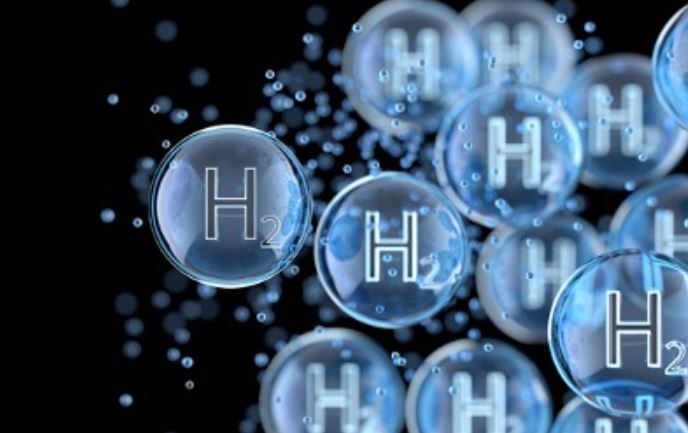By 2035, natural gas production in the Eastern Mediterranean is projected to peak at 100 billion cubic meters (bcm) annually, according to new modeling by the H2Zero Research Unit.
If converted to hydrogen through steam methane reforming (SMR), the region could generate more than 40 billion kilograms of hydrogen by 2050. The economic upside is equally striking—annual export revenues of $15–35 billion and a contribution of up to 5% GDP growth during peak development years. Yet, the same analysis underscores that these gains hinge on regional cooperation that has so far remained elusive.
Hydrogen Potential in Numbers
The East Med’s natural gas reserves are substantial: 2,399 bcm regionally, including Egypt’s Zohr field (850 bcm) and Israel’s Leviathan (623 bcm). Cyprus alone holds 411 bcm. If developed in isolation, Cyprus could produce 4.07 billion kg of hydrogen by 2050. At a regional scale, however, output rises tenfold to 40.73 billion kg—illustrating the efficiency of shared infrastructure and coordinated development. Without such integration, the modeling suggests that both economic and energy security benefits will be sharply curtailed.
Economic Logic and Infrastructure Demands
Unlocking this potential requires $15–25 billion in infrastructure investment across LNG terminals, offshore platforms, hydrogen production facilities, and subsea pipelines. Development timelines are estimated at 3–7 years, meaning projects initiated in the late 2020s could align with Europe’s mid-2030s hydrogen demand surge. Beyond capital costs, SMR’s carbon intensity remains a sticking point—10.5 kilograms of CO₂ per kilogram of hydrogen—making carbon capture deployment or eventual transition to green hydrogen a prerequisite for long-term competitiveness in export markets that are tightening emissions standards.
Revenue Versus Emissions Trade-Off
The region’s model anticipates revenues of $18–247 billion over a 25-year horizon. Yet, with SMR as the dominant pathway, the East Med risks locking itself into grey hydrogen at a time when Europe, its primary customer, is under political pressure to prioritize renewable-based imports. Policymakers face a dilemma: accelerate SMR-driven hydrogen to capture early revenues or slow development until green pathways mature. Either path carries risks—missing the window of first-mover advantage, or losing market access due to carbon penalties.
Political Geography as a Constraint
Beyond technical and economic hurdles, the critical variable is politics. The H2Zero study finds that regional synergies can unlock tenfold higher hydrogen output compared to single-country development. Yet cooperation between Israel, Cyprus, Egypt, and Turkey has historically been fraught with maritime disputes, competing claims over offshore blocks, and geopolitical mistrust. Without a durable cooperation framework, the infrastructure integration required to reach scale may remain theoretical.
Labor Markets and Local Economics
The report anticipates 25,000–40,000 construction jobs and 8,000–12,000 permanent positions, alongside GDP growth contributions of 3–5% during development peaks. For resource-dependent economies like Egypt, such multipliers are politically attractive. But reliance on international market conditions—particularly Europe’s hydrogen uptake speed—means employment gains are highly sensitive to external demand.
The East Med’s hydrogen roadmap is caught between two timelines: the urgency of monetizing gas reserves before demand wanes, and the long buildout of infrastructure that risks arriving too late. The region’s 2035 production peak suggests a narrow window for strategic decision-making. Coordination, carbon management, and credible export agreements will determine whether the East Med emerges as a serious hydrogen hub or another stranded-asset story in the making.
Stay updated on the latest in energy! Follow us on LinkedIn, Facebook, and X for real-time news and insights. Don’t miss out on exclusive interviews and webinars—subscribe to our YouTube channel today! Join our community and be part of the conversation shaping the future of energy.
